Snow leopards, the elusive “ghosts of the mountains,” inhabit some of the world’s most remote and rugged landscapes. With fewer than 10,000 individuals remaining in the wild, catching a glimpse of these magnificent cats in their natural habitat is both a rare privilege and an unforgettable experience. These solitary predators roam the high mountain ranges of Central and South Asia, navigating steep terrain with remarkable agility. For wildlife enthusiasts and nature photographers, the quest to observe a snow leopard represents one of wildlife viewing’s greatest challenges and rewards. This article explores the best locations and approaches for those hoping to witness these endangered cats in their mountain kingdom, offering practical advice while emphasizing the importance of responsible wildlife tourism.
The Mysterious Snow Leopard: An Overview
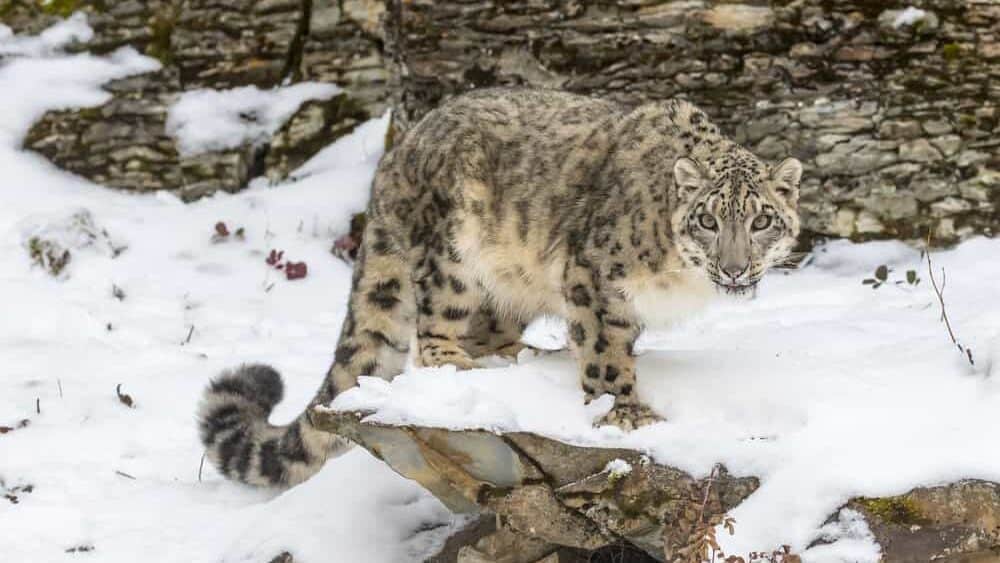
Snow leopards (Panthera uncia) are perfectly adapted to life in harsh, high-altitude environments. With their smoky-gray coat patterned with dark rosettes and spots, these medium-sized cats blend seamlessly into the rocky, snow-dusted landscapes they inhabit. Their thick fur, enlarged nasal cavities, and wide paws allow them to thrive in regions where temperatures can plummet to -40°F (-40°C) and oxygen levels are significantly lower than at sea level. Standing about 24 inches (60 cm) at the shoulder and weighing between 60-120 pounds (27-55 kg), snow leopards are smaller than other big cats but possess remarkable strength and agility.
Unlike many other big cat species, snow leopards rarely roar. Instead, they communicate through mews, growls, and prusten (a non-threatening vocalization similar to purring). Their natural range spans approximately 772,204 square miles (2 million square kilometers) across 12 countries: Afghanistan, Bhutan, China, India, Kazakhstan, Kyrgyzstan, Mongolia, Nepal, Pakistan, Russia, Tajikistan, and Uzbekistan. However, their population density is extremely low, with each individual typically requiring a territory of 25-65 square miles (65-168 square kilometers), making sightings exceptionally rare without expert guidance.
Ladakh, India: The Snow Leopard Capital
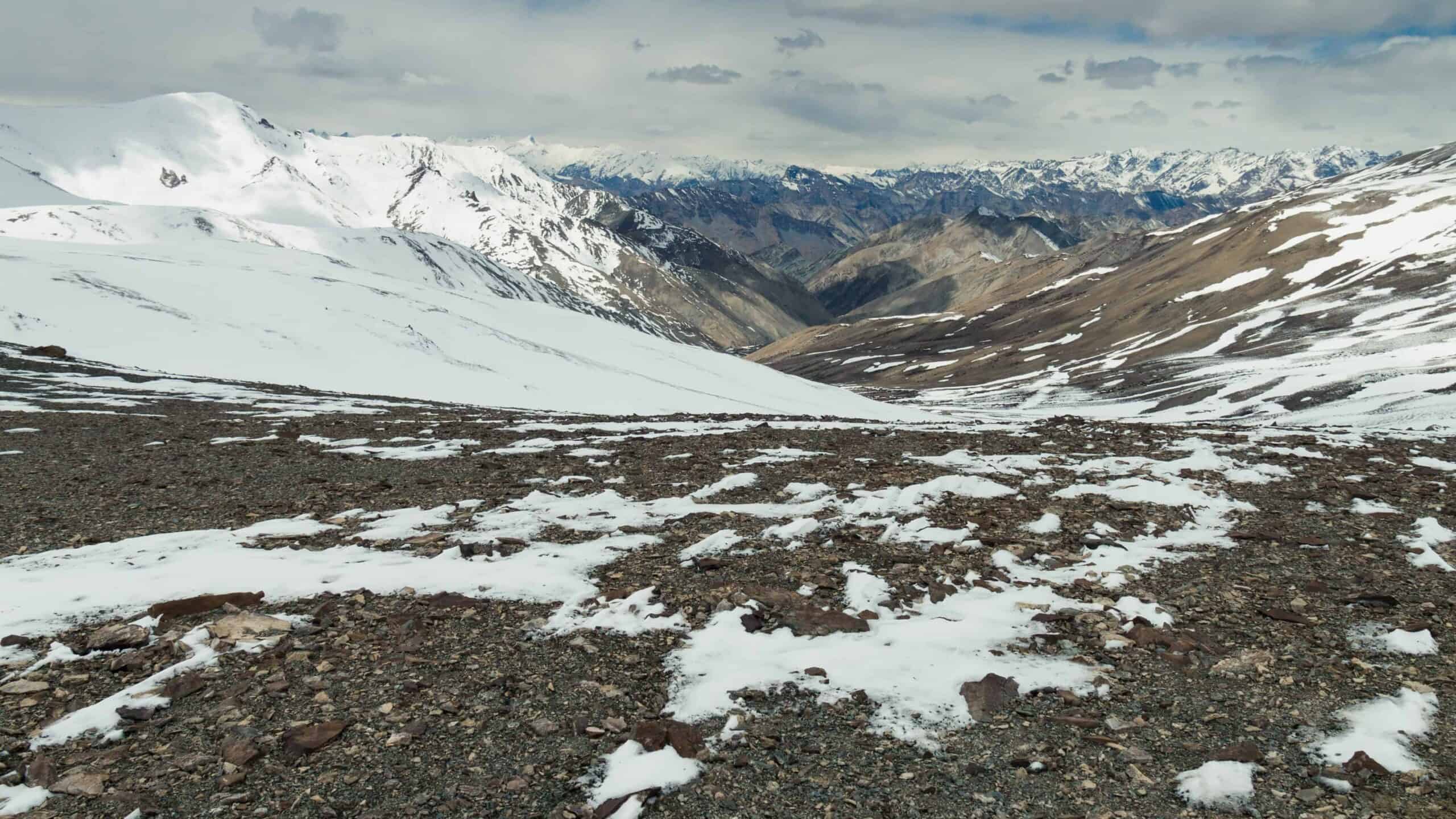
The remote region of Ladakh in northern India has earned its reputation as the “Snow Leopard Capital of the World.” The Hemis National Park, covering approximately 1,700 square miles (4,400 square kilometers) of high-altitude Himalayan ecosystem, hosts one of the highest densities of snow leopards anywhere on Earth, with an estimated 200 individuals. The park’s dramatic landscape of rugged mountains, deep valleys, and alpine meadows provides ideal habitat for these cats and their prey species, including blue sheep (bharal) and Himalayan ibex. Winter months from January through March offer the best opportunities for sightings, as snow leopards descend to lower elevations following their prey.
The villages of Rumbak, Ulley, and Sham in Ladakh have developed community-based tourism initiatives that support conservation while providing visitors with experienced local spotters and guides. These communities benefit directly from snow leopard tourism, creating economic incentives for protection. Homestay accommodations in these villages offer authentic cultural experiences and serve as comfortable bases for daily excursions. While sightings are never guaranteed, success rates in Hemis have improved dramatically in recent years, with some expeditions reporting 70-80% success rates during peak winter season.
Spiti Valley, Himachal Pradesh: India’s Emerging Hotspot
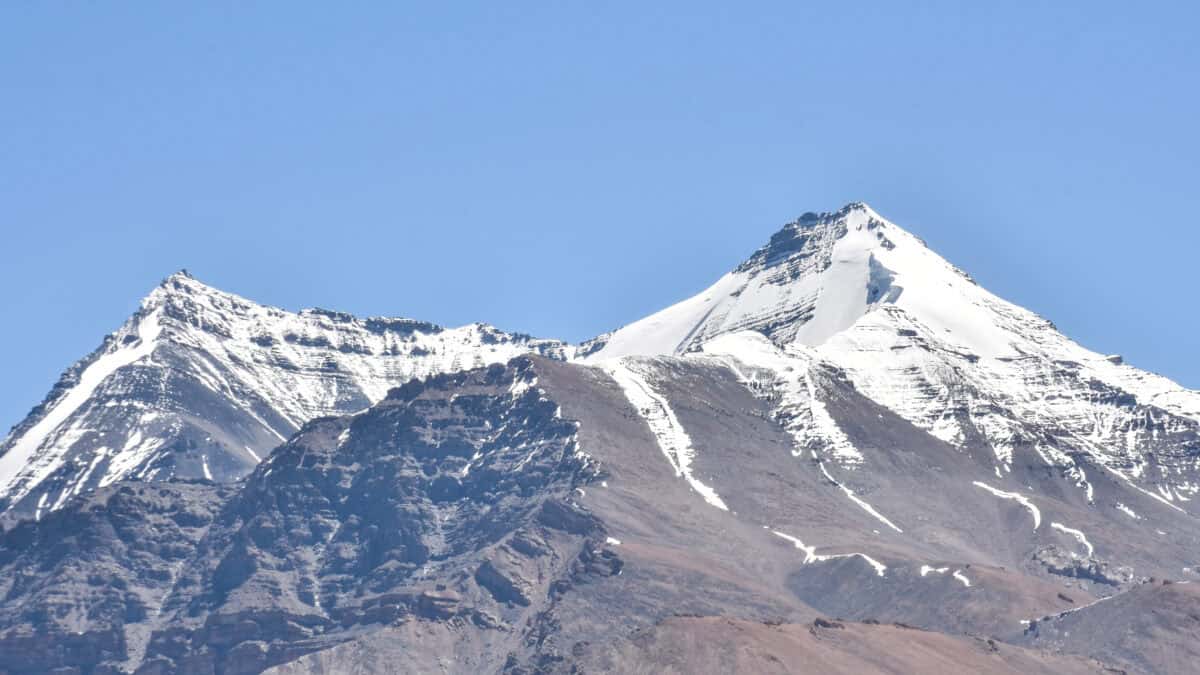
The remote Spiti Valley in India’s Himachal Pradesh state has emerged as another promising destination for snow leopard enthusiasts. This high-altitude desert ecosystem, often called “Little Tibet,” features dramatic landscapes of barren mountains, ancient Buddhist monasteries, and traditional villages. The region around Kibber Wildlife Sanctuary has become particularly known for snow leopard sightings. Located at elevations between 12,000-15,000 feet (3,660-4,570 meters), this area supports a healthy population of snow leopards and their prey, including blue sheep, ibex, and pikas.
Winter expeditions from January through March offer the best chances for sightings, as snow pushes both predators and prey to lower elevations. The village of Kibber serves as the primary base for tracking expeditions, with local homestays providing accommodation. Community-based conservation programs, including the Snow Leopard Trust’s initiatives, have helped reduce human-wildlife conflict in the region while creating sustainable livelihoods through ecotourism. Compared to Ladakh, Spiti receives fewer visitors, potentially offering a more intimate wildlife viewing experience, though infrastructure and accessibility are more limited.
Khustain Nuruu National Park, Mongolia: Open Landscape Advantages

Mongolia offers a distinctly different snow leopard habitat compared to the Himalayan regions. Khustain Nuruu National Park, located about 62 miles (100 kilometers) southwest of Ulaanbaatar, features more open, rolling landscapes where snow leopards inhabit the Altai Mountains. The park’s terrain, characterized by undulating hills rather than extreme vertical relief, can sometimes make spotting these elusive cats slightly more manageable than in the deeply folded Himalayan terrain. The best times to visit are during spring (April-May) and autumn (September-October) when temperatures are moderate and snow leopards are relatively active.
The park’s ecosystem supports various prey species, including Siberian ibex, argali sheep, and marmots, which attract snow leopards to specific valleys and ridgelines. While Mongolia’s snow leopard population is smaller than those found in the Himalayas, the relatively open landscape can provide unique viewing opportunities. Local tour operators offer specialized expeditions with experienced trackers and guides familiar with snow leopard territories and behaviors. These expeditions typically involve mobile camping or stays in traditional ger (yurt) accommodations, allowing visitors to experience Mongolia’s nomadic culture alongside wildlife viewing.
Kyrgyzstan’s Tien Shan Mountains: Untapped Potential
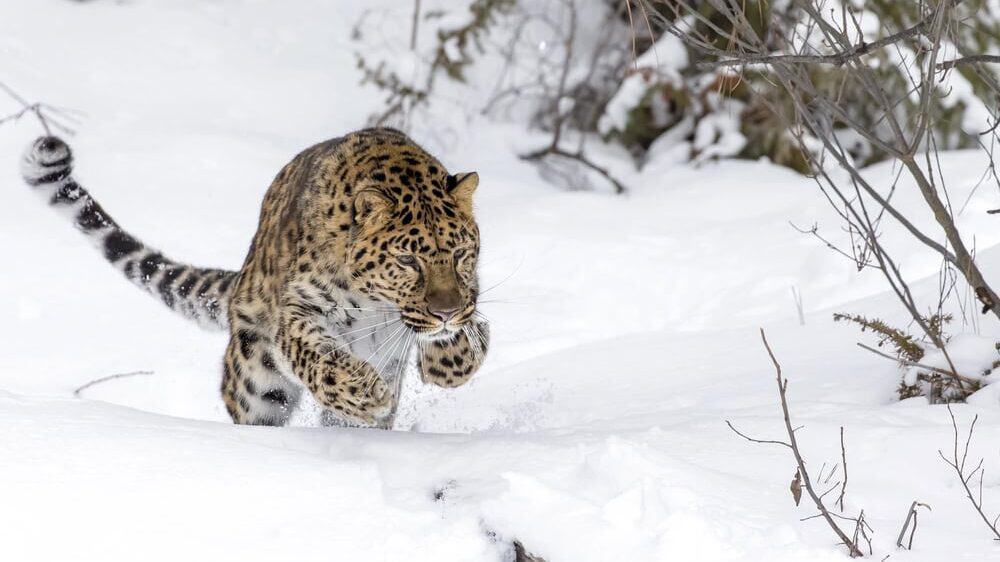
Kyrgyzstan’s portion of the Tien Shan mountain range represents one of Central Asia’s most promising yet underexplored regions for snow leopard sightings. This rugged mountain system stretches across eastern Kyrgyzstan, with peaks exceeding 24,000 feet (7,300 meters). The Sarychat-Ertash Nature Reserve, established specifically to protect snow leopards and their habitat, covers approximately 380 square miles (984 square kilometers) of prime high-altitude ecosystem. Recent research suggests the reserve hosts a relatively stable population of 18-25 snow leopards, making it one of the more densely populated areas for these cats in Central Asia.
The best time to visit is during the late autumn and early winter months (October-December), before heavy snows make access difficult. Summer expeditions (June-August) are also possible but offer lower chances of sightings. The area remains largely undeveloped for tourism, which presents both challenges and opportunities. While infrastructure is minimal, requiring visitors to be self-sufficient with camping equipment or to arrange accommodations in nearby villages, the lack of tourism pressure means snow leopards face less disturbance. Several conservation organizations, including the Snow Leopard Trust and local NGOs, work with communities around the reserve to develop sustainable tourism models that benefit local people while protecting wildlife.
Nepal’s Sagarmatha National Park: Everest Region
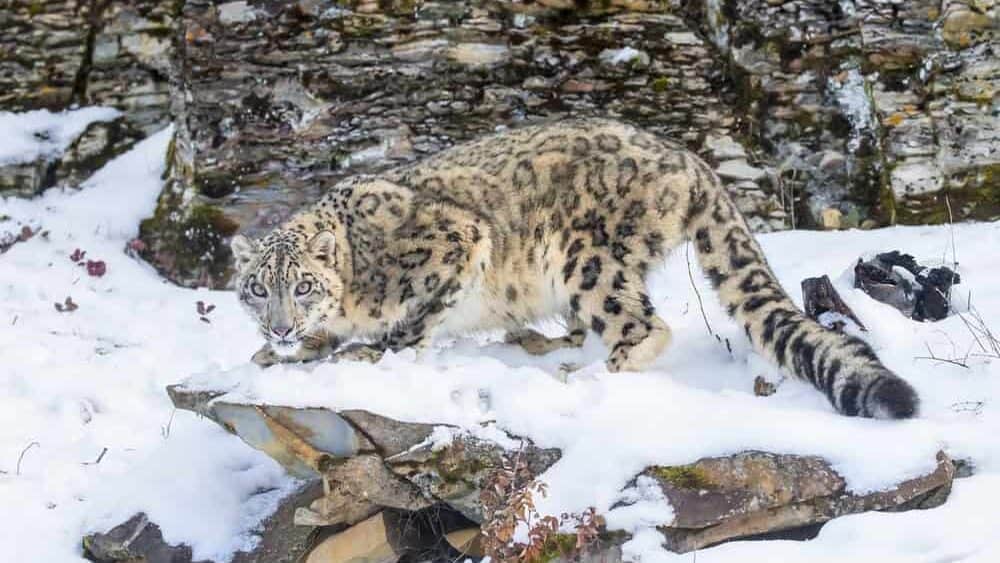
Sagarmatha National Park, home to Mount Everest and encompassing 443 square miles (1,148 square kilometers) of spectacular Himalayan terrain, harbors a small but significant population of snow leopards. The park’s varied ecosystems, ranging from temperate forests at lower elevations to glacial moraines and rocky outcrops above the tree line, provide diverse habitats for snow leopards and their prey. The Khumbu region, particularly the remote valleys of Phortse, Thame, and Gokyo, offers some of the best opportunities for snow leopard tracking. These areas support healthy populations of Himalayan tahr and musk deer, primary prey species that attract snow leopards.
The optimal seasons for snow leopard expeditions in Sagarmatha are late autumn (October-November) and late winter to early spring (February-April). The park’s well-developed trekking infrastructure means visitors can stay in comfortable teahouses or lodges while accessing remote areas where snow leopards roam. Local conservation initiatives, including the Snow Leopard Conservancy’s community programs, have trained local guides in tracking techniques and wildlife monitoring. While the park receives thousands of trekkers annually heading to Everest Base Camp, few venture into the side valleys where snow leopards are more likely to be found, creating opportunities for dedicated wildlife enthusiasts to explore less-trafficked regions with knowledgeable guides.
Pakistan’s Chitral Gol National Park
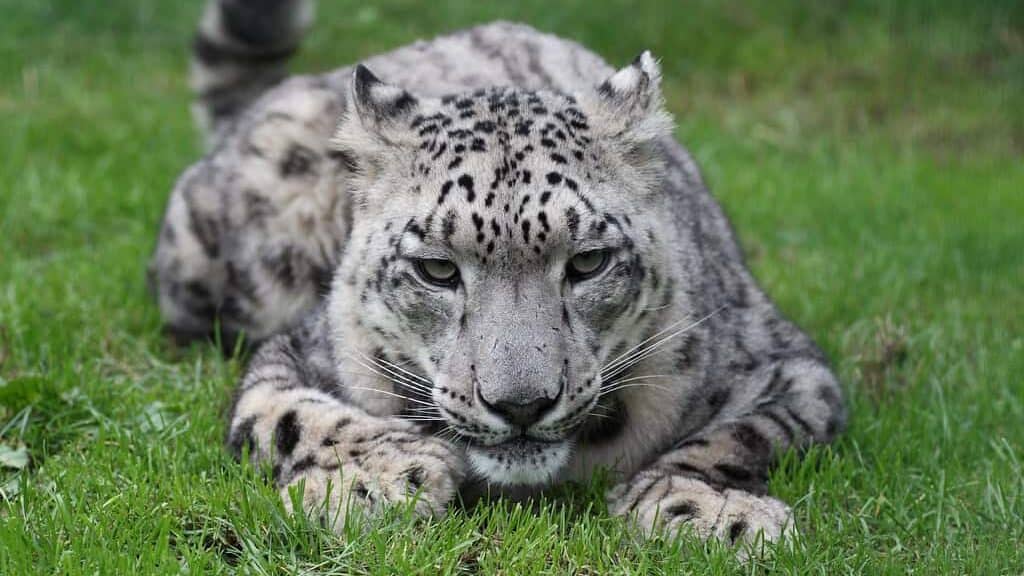
Located in Pakistan’s Hindu Kush mountain range, Chitral Gol National Park covers 30 square miles (77.5 square kilometers) of diverse habitat ranging from temperate forests to alpine meadows. The park was initially established to protect the endangered markhor, a large wild goat species, but it also harbors a significant snow leopard population. The steep, forested valleys and rugged mountains provide ideal hunting grounds for snow leopards, particularly during winter months when prey descends to lower elevations. The best time to visit is from December through March, when snow cover makes tracking easier and increases the likelihood of sightings.
The nearby town of Chitral serves as the gateway to the park, offering basic accommodations and the opportunity to arrange guided expeditions. Local conservation efforts, including community-based initiatives supported by the Snow Leopard Foundation Pakistan, have improved relations between local communities and wildlife authorities. These programs have reduced retaliatory killings of snow leopards following livestock predation and created economic incentives for conservation through ecotourism. While security concerns have limited international tourism to the region in recent years, improving conditions have allowed for the gradual return of specialized wildlife tours to this biodiverse region.
China’s Qinghai-Tibet Plateau: The Snow Leopard Stronghold
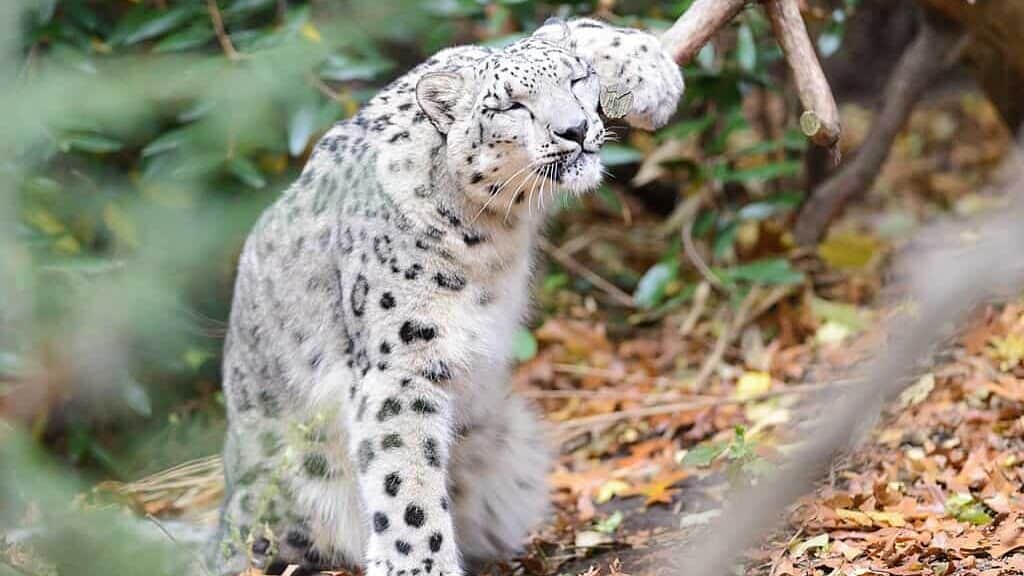
China holds the distinction of harboring the largest snow leopard population globally, with an estimated 2,000-2,500 individuals—roughly 60% of the world’s total. The vast Qinghai-Tibet Plateau, often called the “Roof of the World,” provides extensive habitat across several protected areas. The Sanjiangyuan National Nature Reserve in Qinghai Province, covering an immense 152,300 square kilometers (58,800 square miles), represents one of the most significant snow leopard conservation areas worldwide. This massive reserve protects the headwaters of three major Asian rivers—the Yangtze, Yellow, and Mekong—and supports a remarkable diversity of wildlife, including one of the healthiest snow leopard populations anywhere.
The best time to visit is during the dry season from October to May, with winter months offering improved tracking conditions. The regions around Yushu and Zadoi counties have developed specialized wildlife tourism operations focusing on snow leopards. Access to these remote areas requires careful planning and usually involves working with authorized tour operators who can secure the necessary permits. Recent research projects using camera traps have documented surprisingly high densities of snow leopards in certain valleys, making this region increasingly attractive to wildlife photographers and researchers, though it remains challenging to access for independent travelers.
Best Practices for Snow Leopard Tracking
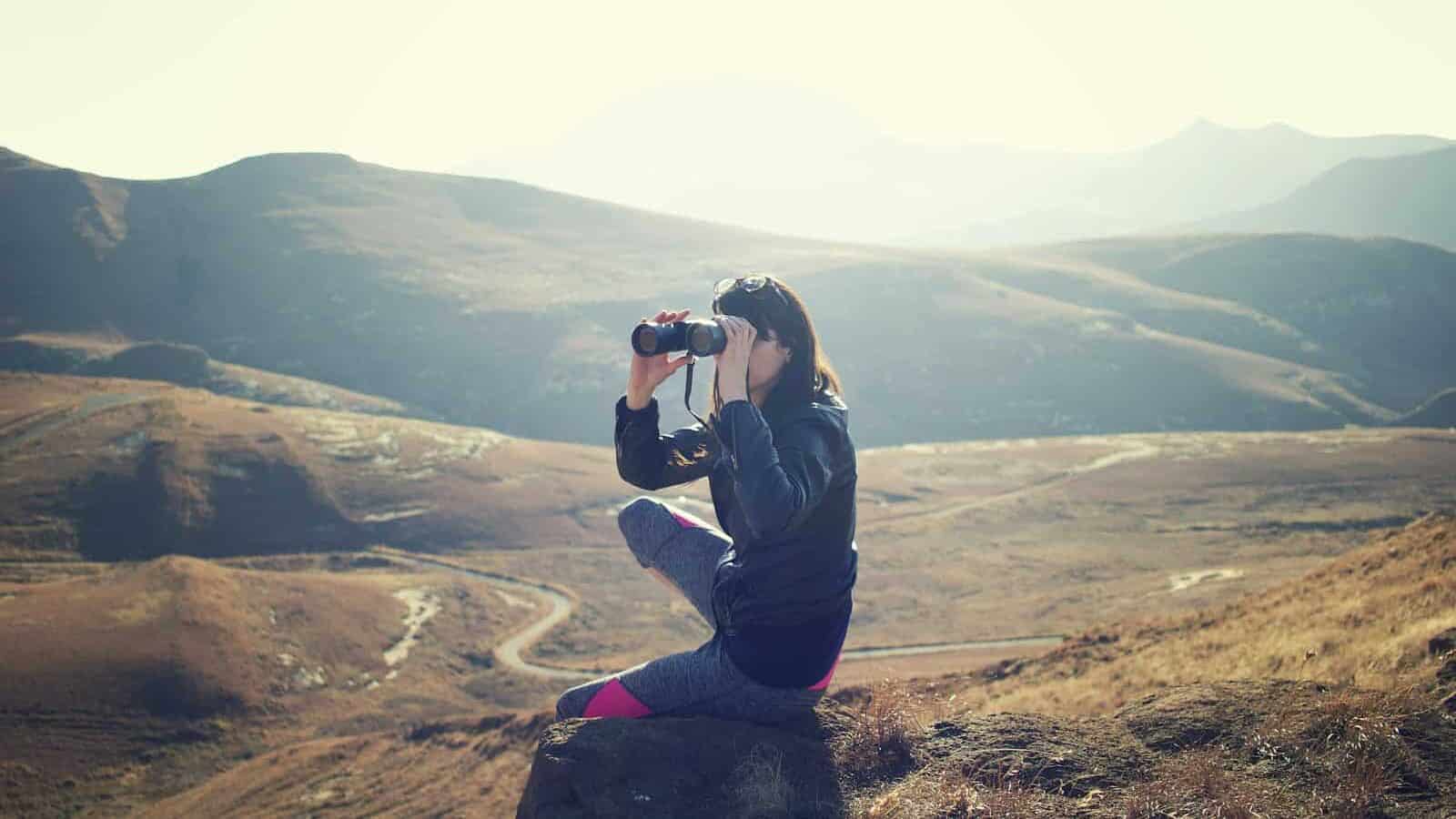
Successfully tracking snow leopards requires patience, preparation, and the right approach. These elusive predators are masters of camouflage, capable of blending perfectly into rocky backgrounds. Professional trackers look for indirect signs of presence: fresh pugmarks (footprints), scrapes (territorial markings), scat, and prey remains. High ridgelines and prominent viewpoints are strategically important, as snow leopards often use these features to survey their territory and potential prey. Quality optics are essential—spotting scopes with 20-60x magnification and binoculars with at least 10x magnification are standard equipment for serious snow leopard expeditions. Many successful sightings begin with locating the cat’s primary prey species, as snow leopards are never far from their food source.
Physical fitness is another crucial consideration. Snow leopard habitat typically ranges from 9,800 to 14,800 feet (3,000 to 4,500 meters) above sea level, where oxygen levels are significantly reduced. Proper acclimatization is essential to prevent altitude sickness and ensure you can physically manage daily tracking excursions over challenging terrain. Most successful expeditions involve early morning starts (predawn) and late afternoon sessions when cats are most active. Weather conditions can change rapidly at high altitudes, so layered clothing, good hiking boots, and protection from extreme cold are necessary. Above all, realistic expectations are important—even with expert guides, multiple days of searching are typically required before a successful sighting.
Ethical Wildlife Tourism and Conservation Impact

Responsible snow leopard tourism plays an increasingly important role in conservation efforts. When properly managed, wildlife tourism creates economic incentives for local communities to protect rather than persecute these predators. In regions where snow leopards occasionally prey on domestic livestock, causing financial hardship for herders, tourism revenue can offset losses and change perspectives. Several successful models exist, including community-managed wildlife tourism in Ladakh and Spiti, where local families provide homestays, guiding services, and spotting expertise, ensuring tourism benefits flow directly to those living alongside snow leopards.
Ethical wildlife viewing practices are essential when seeking these sensitive cats. These include maintaining appropriate distances (using optics rather than approaching closely), limiting group sizes, avoiding disruption of hunting or breeding behaviors, and never baiting or artificially attracting animals for viewing. The Snow Leopard Conservancy and other organizations have developed specific guidelines for tour operators and visitors to minimize negative impacts. When selecting a tour provider, research their conservation credentials and commitment to ethical practices. Many reputable operators contribute a portion of their fees directly to conservation projects and local community development, creating a virtuous cycle where tourism supports protection of the very wildlife people travel to see.
Photography Tips for Snow Leopard Expeditions

Photographing snow leopards presents unique challenges even for experienced wildlife photographers. Given the extreme distances at which most sightings occur—often 300-1,000 yards (275-915 meters) away—super-telephoto lenses are essential. Professional photographers typically use 600mm or 800mm prime lenses, often with teleconverters to extend reach further. These heavy lenses require robust support, so a sturdy tripod with a smooth pan-and-tilt or gimbal head is necessary equipment. The harsh mountain environment demands weather-sealed camera bodies and lenses that can withstand cold temperatures, dust, and occasional precipitation. Extra batteries are crucial, as cold temperatures dramatically reduce battery life, and charging opportunities may be limited in remote locations.
Beyond equipment considerations, successful snow leopard photography requires specialized techniques. Understanding how to manage challenging light conditions—harsh mountain sunlight creating extreme contrast or flat, overcast days reducing definition—is essential. Photographers should master exposure compensation, particularly important when capturing a gray cat against snow or rock. Patience is perhaps the most important quality; many accomplished photographers spend weeks in the field for a handful of quality images. When a sighting does occur, resist the urge to immediately capture close-ups. Instead, begin with environmental shots showing the cat in its habitat, which often produces more compelling and contextual images than tight portraits that could have been taken anywhere.
The opportunity to observe snow leopards in their natural habitat represents one of wildlife viewing’s greatest privileges, requiring dedication, resources, and respect for both the animals and their environment. As interest in snow leopard tourism grows, finding the balance between accessibility and protection becomes increasingly important. Conservation organizations, local communities, and government agencies are working to develop sustainable models that benefit both people and wildlife, though challenges remain. Climate change, habitat fragmentation, and human-wildlife conflict continue to threaten snow leopard populations across their range.
For those contemplating a snow leopard expedition, thorough research and realistic expectations are essential. Success requires selecting the right location and season, working with knowledgeable guides, allowing sufficient time, and embracing the journey regardless of outcome. Many travelers report that the search itself—immersion in spectacular mountain landscapes and traditional cultures—proves as rewarding as any sighting. When conducted responsibly, snow leopard tourism creates powerful advocates for conservation while providing sustainable livelihoods for communities sharing their land with these magnificent cats.
As remote regions become more accessible and tracking techniques improve, opportunities to witness snow leopards will likely increase, though they will always remain
- The Coldest Town in America—And How People Survive There - August 9, 2025
- How Some Birds “Steal” Parenting Duties From Others - August 9, 2025
- 12 Deep-Sea Creatures You Won’t Believe Exist - August 9, 2025

